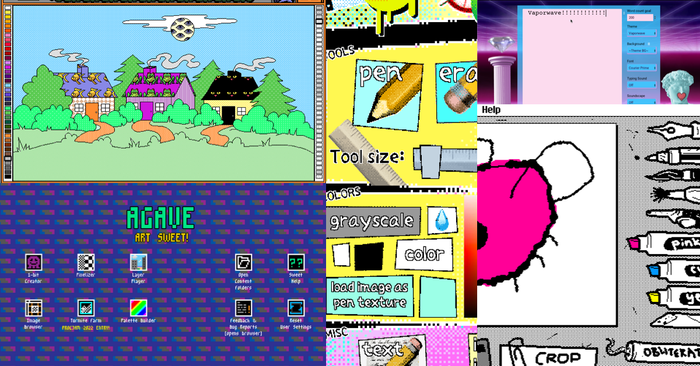According to data from the IGDA, a pay gap between men and women, and white workers and workers of color, is one of the biggest challenges facing the games industry.

Economic inequality across racial and gender lines isn’t an issue that’s constrained to the games industry, but it is an issue that parts of the business have aimed to tackle head on.
To help in this effort, the IGDA dedicated a portion of its Developer Satisfaction Survey to gathering data on how people of different genders and ethnicities are treated in the games industry when it comes to pay and workplace environments.
Today, the IGDA released its 2015 DSS Diversity report, with analysis showing that unfortunately, one of the most common patterns reported across the industry was a pay gap both between men and women, and between white workers and workers of color. It’s a useful analysis for companies looking to determine if they’re being equal in how they pay their employees.
The numbers take on different shapes, but the disparity is consistent across the board. At the bottom of the economic ladder, 82 percent of women freelancers who responded to the survey earned less than $40k a year compared to only 65 percent of men. Meanwhile, 81 percent of freelancers of color who responded to the survey earned less than $40k a year, while only 66 percent of white freelancers earned this much.
In both cases, that means that more women, and more workers of color, reported earning lower freelance rates then men and white workers earned.
Among employed workers, salaries do even out somewhat among men and women who earn a middle-class income, but employees of color consistently earn less then white employees across various companies. In particular, less employees of color reported earning more than $75k a year (35 percent compared to 45 percent), and a far greater number of employees of color said they earn less than $15k per year in the industry. (23 percent compared to 17 percent.)
And at the top of the ladder, 10 percent of men report earning $150k or more, while only three percent of women said the same. It’s a far more glaring gap than that between white workers and workers of color, of which eight and seven percent respectively reported earning over $150k per year.
While these data points (and some other particularly painful ones, including gaps in the number of women and workers of color among senior management in the industry) should be cause for concern, IGDA President Kate Edwards argues they represent an opportunity for the games business to help solve a problem that is affecting multiple industries.
“I think there's an opportunity for the game industry to actually show some level of leadership, being an artistic-technical kind of industry that we are,” Edwards said in an interview with GamesIndustry.biz. “We can actually make changes that better model those who are playing our games and using our products.”
Be sure to read the full IGDA report, which also includes data on how game developers believe the industry is responding to calls for diversity, for more information from the IGDA.
About the Author(s)
You May Also Like








